Description
hardware flow control. It is an ideal choice in the field of industrial automation.
3.3 Design of computer control software
This type of control software runs on the computer and is mainly used for remote operation. It has multiple functions such as parameter setting, control operation,
data collection and storage, status detection and alarm, etc. Its interface is shown in Figure 3.
The system shown in Figure 3 contains four independent control channels, and the software can manage and configure the test plan based on parameter information.
That is: for each test plan, you can configure different test plans and set different test parameters through the “Configuration” operation. You can also create new plans,
save and modify plans, open existing plans, and delete plans.
The software also sets up quick operations, which can quickly start and stop work according to the channel configuration, and can detect the working status of
each channel in real time.
3.4 Design of touch screen software
The touch screen software is mainly used for local control and runs in the touch screen controller. While the computer control software has similar functions,
it also has the setting function of local control priority or remote control priority. The default is remote control priority. The login interface and test operation interface
are shown in Figure 4 and Figure 5 respectively.
3.5 Design of PLC software
As the core of this control system, PLC is mainly responsible for the following aspects:
Responsible for sending corresponding control parameters and instructions to the frequency converter, and at the same time obtaining the status
of the transmission system through the ProfibusDP bus protocol.
Communicates with the touch screen through serial communication, responds to local control instructions, and feeds back system status to the touch screen as a slave
computer for local control. Programming between the touch screen and PLC is performed by directly accessing the PLC variable address.
It communicates with the remote control computer through the OPC[5] communication method based on the external network, responds to the remote control instructions
, and feeds back the system status to the remote control computer as the remote control slave. Programming between the remote control program and the PLC is
performed by accessing the PLC variable name.
Process the emergency signal and control the inverter to slow down and unload according to the default parameters.
Figure 4 Login interface
Figure 5 Test interface
3.6 Frequency converter settings
In general, the inverter will be equipped with an optional operation panel. Before using the local or remote control program to operate the inverter,
you must first perform the basic settings of the inverter, as follows:
Switch the control mode to local control and set the inverter address according to the inverter user manual.
Set the inverter for remote control and select the communication mode.
Set the frequency converter to use an encoder, and connect the motor for self-test matching operation.
Set the speed control mode of the inverter, such as speed control or torque control.
After completing the basic parameter settings, switch to the remote control state and wait for remote control.
4 Conclusion
This system implements a universal belt-turning mechanism that utilizes frequency conversion control technology. You can use the local touch screen to
control the inverter to control the motor
rotation and obtain corresponding feedback, or you can use remote control to control the inverter to achieve the same control effect as the local touch screen,
even in view of the computer function The richness allows you to obtain more system information and set more control states. In addition to local touch screen
control and remote control, the overall structure of this system can also be split into the most basic transmission structure to complete the control, that is,
the motor is controlled directly through the
control panel of the frequency converter to achieve the most basic and direct control. Therefore, this system can be used as a basic framework structure to
meet all similar control requirements, and obtain different levels of usage requirements through different levels of hardware configuration, which has universal reference significance.
Excitation system ABB module 3HAC3319-1
Excitation system ABB module 3HAC3243-19
Excitation system ABB module 3HAC3180-1
Excitation system ABB module 3HAC2810-1
Excitation system ABB module 3HAC2776-1
Excitation system ABB module 3HAC2566-2
Excitation system ABB module 3HAC2493-1
Excitation system ABB module 3HAC2206-1
Excitation system ABB module 3HAC2148-1
Excitation system ABB module 3HAC2132-1
Excitation system ABB module 3HAC1852-2
Excitation system ABB module 3HAC1852-1
Excitation system ABB module 3HAC18100-1
Excitation system ABB module 3HAC17992-1
Excitation system ABB module 3HAC17971-1
Excitation system ABB module 3HAC1790-1
Excitation system ABB module 3HAC17757-7
Excitation system ABB module 3HAC17757-6
Excitation system ABB module 3HAC17757-5
Excitation system ABB module 3HAC17757-4
Excitation system ABB module 3HAC17757-3
Excitation system ABB module 3HAC17757-2
Excitation system ABB module 3HAC17756-7
Excitation system ABB module 3HAC17756-6
Excitation system ABB module 3HAC17756-5
Excitation system ABB module 3HAC17756-4
Excitation system ABB module 3HAC17756-3
Excitation system ABB module 3HAC17756-2
Excitation system ABB module 3HAC17755-1
Excitation system ABB module 3HAC17753-1
Excitation system ABB module 3HAC17751-1
Excitation system ABB module 3HAC17750-1
Excitation system ABB module 3HAC17746-3
Excitation system ABB module 3HAC17746-2
Excitation system ABB module 3HAC17745-1
Excitation system ABB module 3HAC17744-1
Excitation system ABB module 3HAC17734-1
Excitation system ABB module 3HAC1768-1
Excitation system ABB module 3HAC17582-1
Excitation system ABB module 3HAC17484-9/02
Excitation system ABB module 3HAC17484-8108
Excitation system ABB module 3HAC17484-7/03
Excitation system ABB module 3HAC17484-10/00
Excitation system ABB module 3HAC17400-1
Excitation system ABB module 3HAC17374-2
Excitation system ABB module 3HAC17372-2
Excitation system ABB module 3HAC17371-3
Excitation system ABB module 3HAC17346-1/01
Excitation system ABB module 3HAC17346-1/01
Excitation system ABB module 3HAC17326-1/02
Excitation system ABB module 3HAC17326-1/02
Excitation system ABB module 3HAC17326-1
Excitation system ABB module 3HAC17200-5
Excitation system ABB module 3HAC17176-1
Excitation system ABB module 3HAC17158-1
Excitation system ABB module 3HAC17156-1
Excitation system ABB module 3HAC17155-1
Excitation system ABB module 3HAC17154-1
Excitation system ABB module 3HAC17153-1
Excitation system ABB module 3HAC17152-1
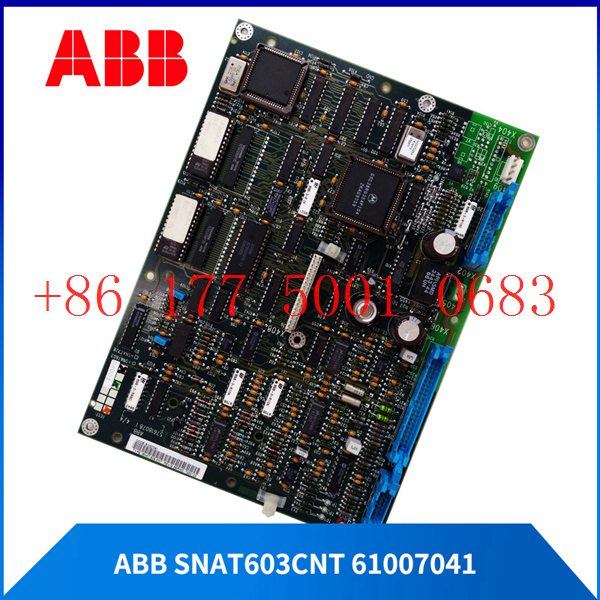
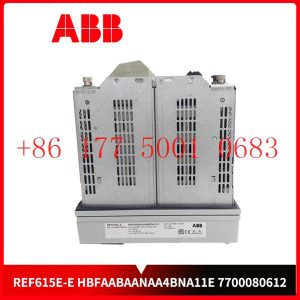
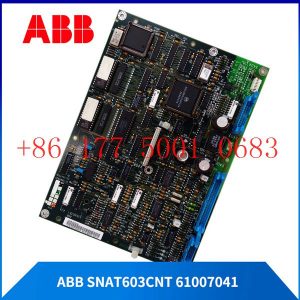
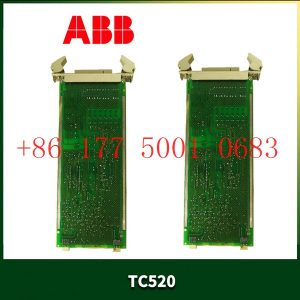
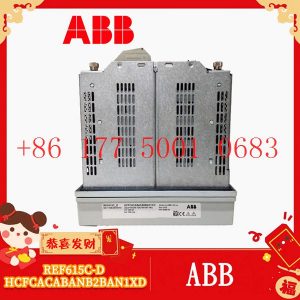


Reviews
There are no reviews yet.